I first started assisting families in the hospital while being employed in 2011. I was primarily worked in Mother/Baby and Central Nursery but floated to Labor & Delivery, Pediatrics and the Women's Unit. Then in 2015 I started working with the local health department as a Breastfeeding Peer Counselor before becoming an IBCLC. I formally took my doula training in 2019 and started Birthing Boldly in 2020 and finished midwifery school in 2023.
2. What made you decide to become a birth worker? Was there a defining moment when you knew?
As crazy as it may sound, I have never imagined myself doing anything other than this. As a child I was always intrigued by birth, babies and women's health. I was definitely drawn to it and while all my cousins watched cartoons I was watching the Discovery Health Channel and TLC learning everything there was to know about pregnancy and labor. It just felt right and I'm glad I had supportive family to help nourish that gift. I would like to say I was well before my time because all the things I wanted or envision for my practice was unheard of then but is now mainstream.
3. What were the best & hardest parts of starting your business, both personally and professionally?
The best part is pouring into families and having your own business to facilitate the type of care families receive.
The hardest is shifting your mindset from employee to business owner especially in the beginning. Also learning how to navigate being the owner but also providing the bulk of care, so you wear many different hats when first starting to establish your business.
4. What did you learn about yourself and your support system during this process and how did you grow professionally?
I'm a very vocal person so it shocked me to learn that I care so deeply for others that I will over extend myself just so I don't have to ask someone to do something. I think I was just on auto pilot and expected everyone to just know what I needed, which is impossible. Communication is key! Now I'm like I have this scheduled and I need X, Y and Z done and it makes things so easy.
Resilience, research and making connections has been my key to professional growth. I joke I'm a professional student but honestly I'm an avid learner and I think that has help mold me into the person I am today. And not being afraid to ask questions and be willing to pay for the answers.
5. You recently became one of NCs newest midwives. Congratulations! Tell me about your journey to become a midwife.
My journey was both beautiful and ugly, kind of like life, there will always be ups and downs at times. I saw something recently that made me stop in my tracks. It said. "when you are following your purpose in life that's when it seems like so much is falling apart". I can testify that rang true for me. The deeper I got into midwifery, I learned that it was more than my passion, it was my ministry and everything I've experienced in life has helped me with caring for my clients.
6. How do you feel about the current state of the health care industry and birth? What impact do you hope to have on both?
It is disheartening! The stories, the maternal infant mortality rates, the insurance coverage, all of it is horrible and families ultimately pay the cost and not get proper care. I hope to be apart of a positive change for families! Where they are safe to vocalize their needs and desires and be partners with me in the type of care they receive. I plan to help with legislation efforts for NC laws and insurance companies for fair compensation for midwives and lactation consultants.
7. Where do you see yourself personally and professionally in 5 years?
Personally, I see myself with a mini farm and homeschooling my younger babies. By then my oldest will be a young adult so that's a little hard to fathom right now, but I'm big on family so definitely carving time out for family time and vacations.
Professionally, a birth center or community wellness center encompassing care from puberty to menopause.
8. What advice do you have for anyone looking to become a birth worker?
Do it because you love it and you genuinely want to make a difference and help families. It all looks good on social media until you're sleep deprived and haven't seen your family for multiple days. Being a birth worker is rarely something you can just turn off because your always on call because someone needs you. So just be true to yourself and that in turn will allow you to be true to your clients. Lastly, be open to always learning and figuring out ways to better help the families you serve.
9. Who in the birth community inspires you?
Because when I chose this career at such a tender age and I never saw anyone doing what I wanted to do, there is no one in the birth community that inspires me. The person who inspired me is my grandmother, Christine Slade, who most called her "Mrs. Chris". She had 16 children, most born at home and raised all her kids, other people's kids and watch all the grands and great grands. She had a heart made with gold and was the first to pour into my gift and see something in me before anyone else. Sadly, she isn't here to see me now, but I have a feeling she knew this day would come.
10. Other than graduating, tell me about your most recent "win" or accomplishment.
I'm really filled when families express their gratitude on how I cared for them and how that made them feel. That will always be a win for me because I get to see the difference that I'm making in people's lives.
"I want women to have the healthiest and safest pregnancy, birth and life as possible while feeling empowered by other women and heard by their health care team. Looking around in our community you don't see many facilities serving women holistically through their life span and that is something I want to bring to the community with Birthing Boldly. I want you to feel comfortable, loved and cared for while receiving the best care from an awesome team".
Serving the Triad, Triangle, Concord/Charlotte area & South Virginia
336-347-8082
www.birthingboldlyllc.com
tiffany@birthingboldlyllc.com
FB/IG: @birthingboldly

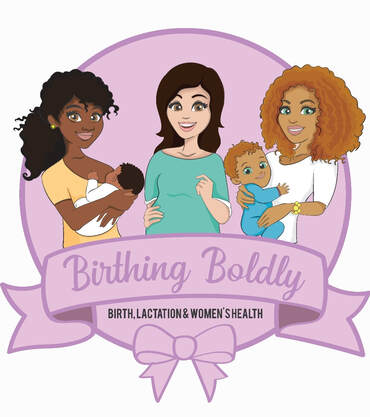
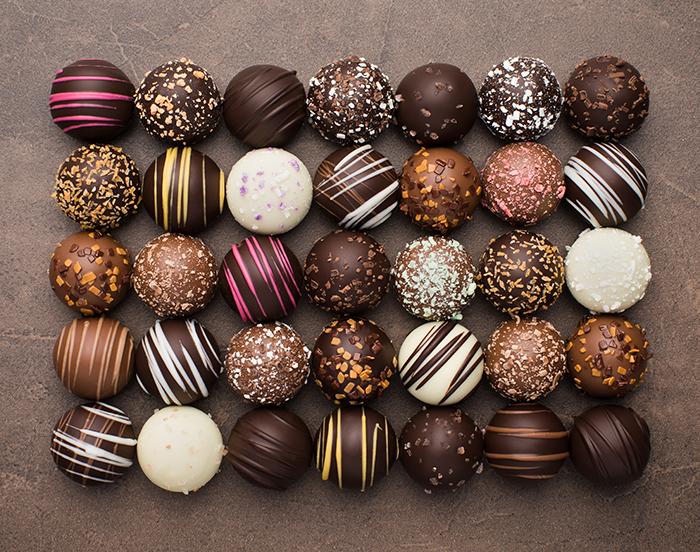
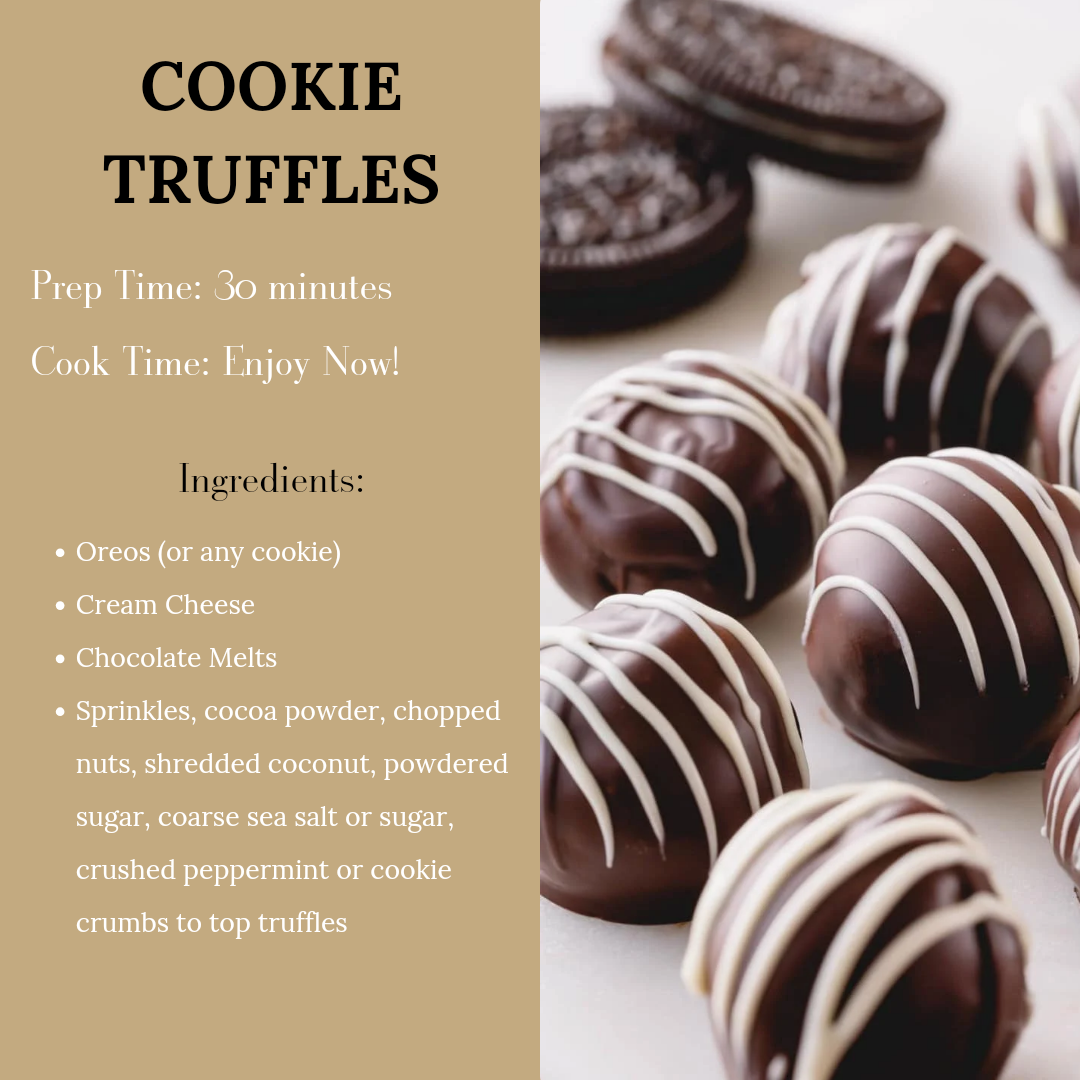


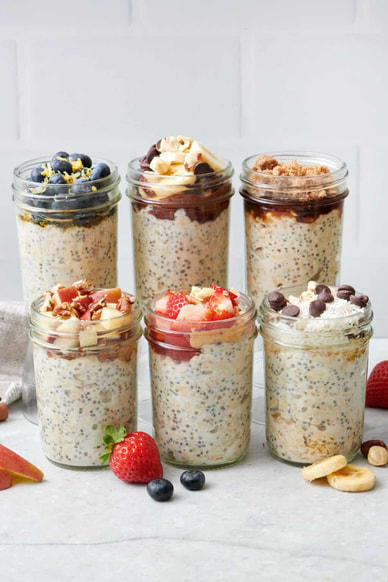
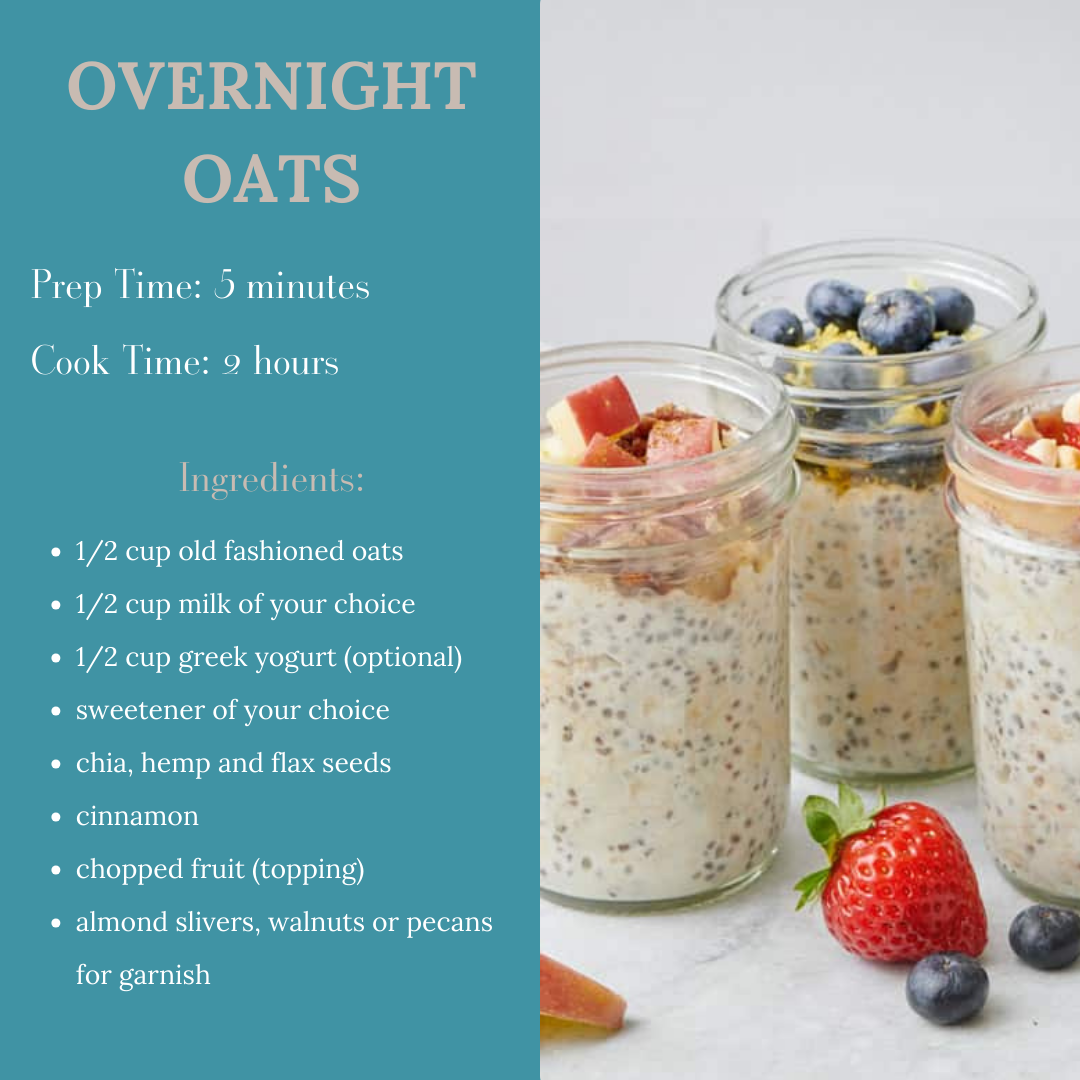

 RSS Feed
RSS Feed